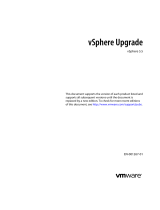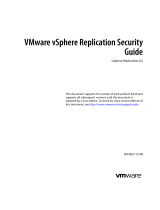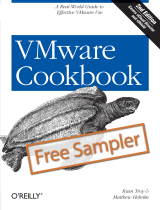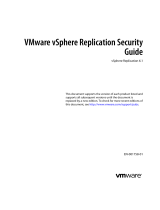
Create Virtual Disk Copy...............................................................................................................56
Stop Virtual Disk Copy.................................................................................................................. 58
Recopy...........................................................................................................................................58
Change Settings............................................................................................................................ 58
Remove Copy Pair.........................................................................................................................59
Snapshots view features..................................................................................................................... 59
Create Snapshot Group................................................................................................................ 60
Create Snapshot Image.................................................................................................................61
Create Snapshot Virtual Disk........................................................................................................ 62
Delete.............................................................................................................................................63
Remote Replication view features......................................................................................................64
Asynchronous remote replication (legacy) details.......................................................................65
Create Replication Group............................................................................................................. 66
Create Asynchronous Remote Replication Pair...........................................................................66
Suspend Replication......................................................................................................................67
Resume Replication...................................................................................................................... 68
Manual resync .............................................................................................................................. 68
Test Replication Communication.................................................................................................68
Change Roles................................................................................................................................ 69
Delete Replication Group............................................................................................................. 70
Remote Replication Group........................................................................................................... 70
Remote Replication (Legacy) view features.......................................................................................70
Create Remote Replication (legacy)..............................................................................................71
Suspend remote replication (legacy)............................................................................................72
Resume remote replication (legacy).............................................................................................72
Change Replication Settings.........................................................................................................73
Change Replicated Roles.............................................................................................................. 73
Test Replicated Communication.................................................................................................. 73
Remove Replicated Pairs...............................................................................................................74
9 MD storage Manager Datastore Summary information.............................. 75
10 Best practices.................................................................................................... 77
Defining virtual disks for vsphere........................................................................................................77
Virtual disk decision-making schemes............................................................................................... 77
Using the predictive scheme to make virtual disk decisions....................................................... 77
Using the adaptive scheme to make virtual disk decisions......................................................... 78
VMware ESXi host fibre channel configuration..................................................................................78
11 Appendices.........................................................................................................82
Current restrictions............................................................................................................................. 82
ID: 200627833 – multiple item delete restricted to less than 80 objects..................................82
5























